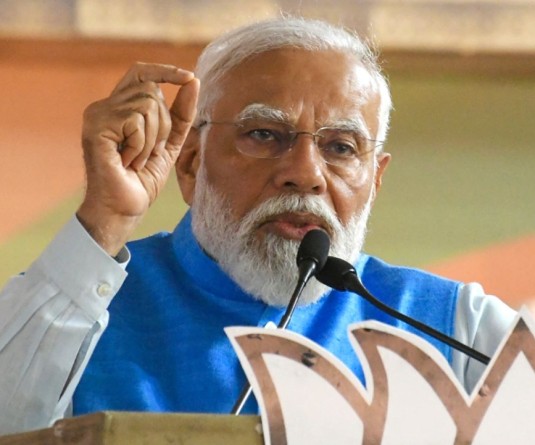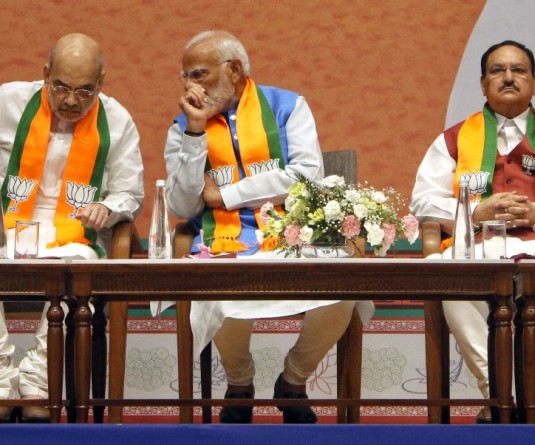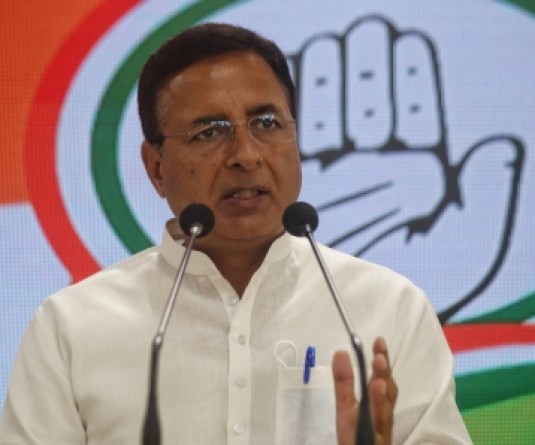
New Delhi, October 8 (IANS): The latest Comprehensive National Nutrition Survey (CNNS) has found that a high percentage of Indian mothers have no formal education.
The survey found that the percentage of mothers with no formal education was high across the three age groups, with 31 per cent, 42 per cent, and 53 per cent of mothers of children aged 0-4, 5-9, and 10-19 years, respectively, not having attended school.
According to the survey, only 20 per cent of mothers of pre-schoolers, 12 per cent of mothers of school-age children, and 7 per cent of mothers of adolescents had completed 12 or more years of schooling.
The percentage of mothers having completed 12 or more years of schooling varied by state. For mothers of children aged 0-4 years, the highest rates were in Kerala (60 per cent) and Tamil Nadu (51 per cent), while less than 20 per cent of mothers of pre-schoolers had completed more than 12 years of schooling in 16 states.
The CNNS was implemented in all 30 states of India during 2016-2018. The CNNS included three population groups - pre-schoolers 0-4 years, school-age children 5-9 years, and adolescents 10-19 years - in rural and urban areas and included a total sample of 38,060 and 38,355 children aged 0-4 years and 5-9 years, respectively, and 35,830 adolescents aged 10-19 years.
The survey has described the demographic and socio-economic characteristics of the sample population, including age, sex, place of residence, mother's schooling, caste, religion, household wealth status and dietary practices. This information is useful for understanding factors affecting the health and nutrition of children and adolescents across the country's diverse geographies and populations.
In 5 out of 9 Empowered Action Group (EAG) states (Assam, Bihar, Jharkhand, Rajasthan, Uttar Pradesh) and in Meghalaya, mothers or caregivers of less than 50 per cent of children aged 0-4 years were exposed to any type of mass media (read a newspaper or magazine, listened to the radio or watched television, at least weekly).
A much larger proportion of mothers/caregivers (more than 80 per cent) were exposed to at least one form of mass media in all five south Indian states (Andhra Pradesh, Karnataka, Kerala, Tamil Nadu, and Telangana), in addition to Haryana, Maharashtra, Mizoram, Punjab, and Sikkim.
More than 50 per cent of adolescents in Bihar, Jharkhand and Madhya Pradesh were from households in the poorest wealth quintile, while a substantial proportion of adolescents in Goa, Haryana, Kerala, Punjab, and Tamil Nadu resided in households in the richest wealth quintile.
Based on an assessment of self-reported weekly food consumption from the respondent or mother or caregiver of the respondent, the majority (54 per cent - 56 per cent) of participants in the three age groups were vegetarian, more than one-third (36 per cent - 39 per cent) were non-vegetarian, and a small proportion (6 per cent - 9 per cent) consumed eggs along with a vegetarian diet.
More than half (around 55 per cent) of children and adolescents surveyed consumed a vegetarian (without egg) diet. From 36 to 40 per cent of children and adolescents reported consuming a non-vegetarian diet. The remaining reported diets were vegetarian plus consumption of egg.
Child's schooling was reported for school aged children and adolescents. Among children aged 5-9 years, 91 per cent were currently attending school. Among adolescents aged 10-19 years, 52 per cent were 10-14 years and 48 per cent were between 15-19. Three-quarters (75 per cent) of adolescents (aged 10-19 years) were currently attending school.





